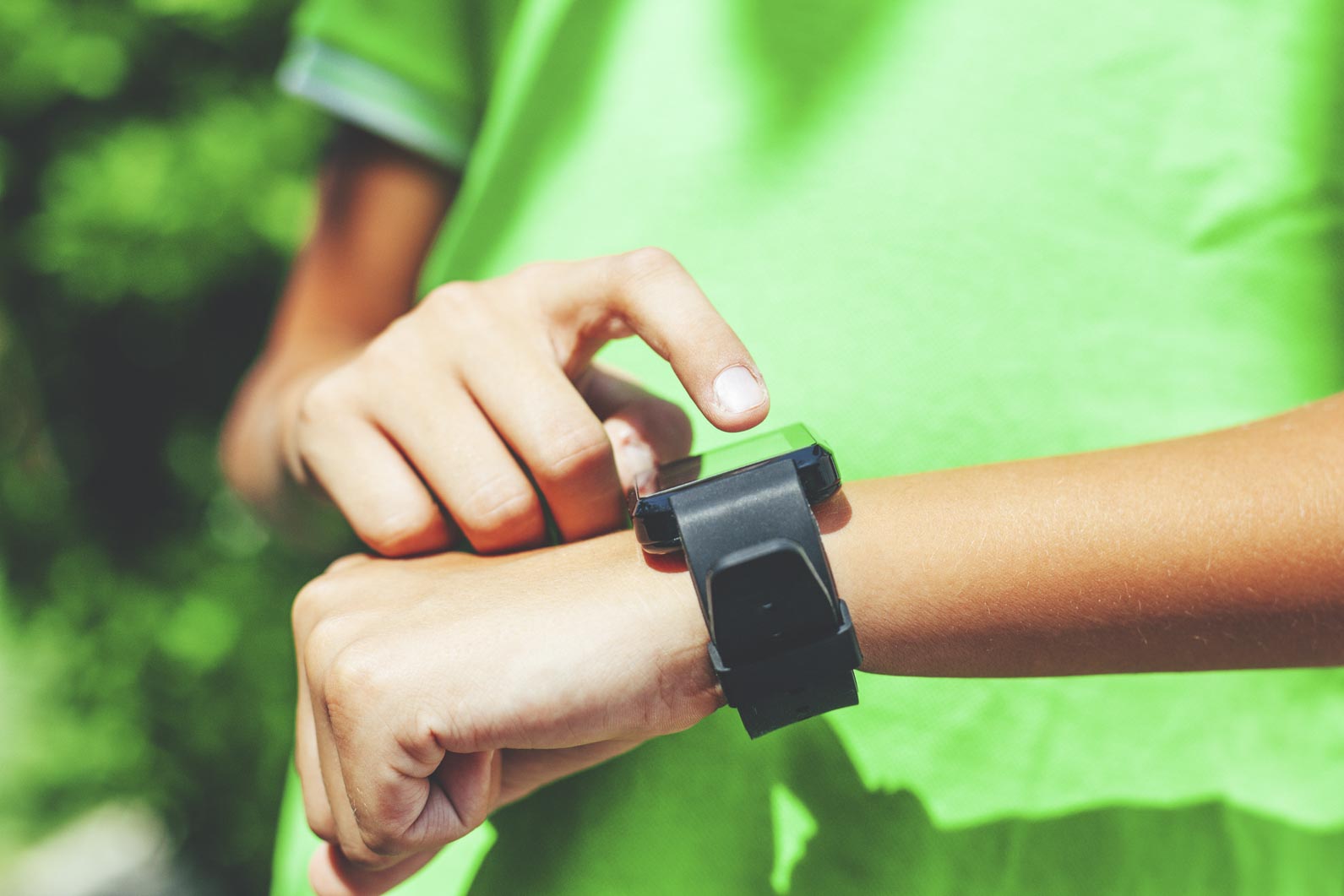Integrating Wearables Technology into the Classroom
Department(s):
Learning Sciences & Technologies Ivon Arroyo is working on embodiment and learning technologies. She and her students are transforming traditional children’s games with Wi-Fi connected cell phones and watches to offer math learning challenges and feedback. These games teach the basics of number sense, measurement estimation, and geometry while letting children run and play in open spaces as they search for objects that match specified mathematical parameters.
Ivon Arroyo is working on embodiment and learning technologies. She and her students are transforming traditional children’s games with Wi-Fi connected cell phones and watches to offer math learning challenges and feedback. These games teach the basics of number sense, measurement estimation, and geometry while letting children run and play in open spaces as they search for objects that match specified mathematical parameters.
The Wearables for Learning project is investigating mathematics learning in elementary and middle school via authentic games that children play in the playground, as well as activities that take place in the mathematics classroom. The project integrates technology with relay races and scavenger hunts, overlapping technology to authentic children’s games and other classroom activities. These Augmented Reality Math Games (ARGMs) gets kids excited about learning math and align to the math curriculum.
A recent EAGER award from the National Science Foundation will investigate middle schoolers’ development of computational thinking as children create multi-player math games themselves, defining the behavior of wearables, and finding solutions to complex problems at high levels of abstraction.
This research explores how learning with physical-technology compares to learning with classic/passive-technology and how problem-posing adds inquiry-based approaches into games, as well as motivational/affective impact on perceptions of mathematics and the drive to learn.
The technology includes cell phones with NFC and SmartWatches. The long term goal is to create a new genre of “wearable tutors”, electronic assistants that the child carries, which support and scaffold students as they explore the mathematical properties of sought objects. This is a promising mesh of learning technology and interaction with the real world.